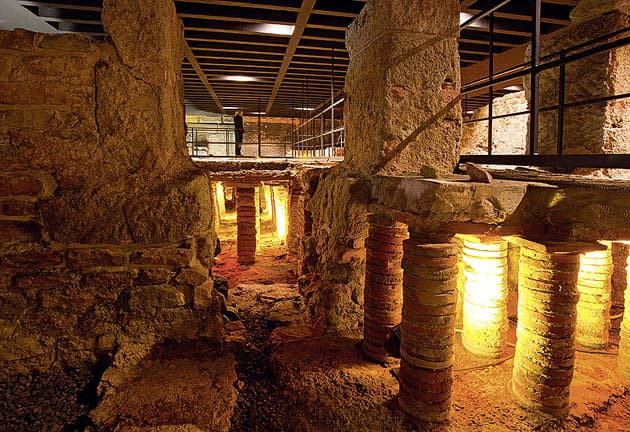
Roman Bath Ruins Baden-Baden
Explore one of the best-preserved Roman spas north of the Alps, a compact yet historically rich site offering a glimpse into ancient bathing culture.
Highlights
Must-see attractions
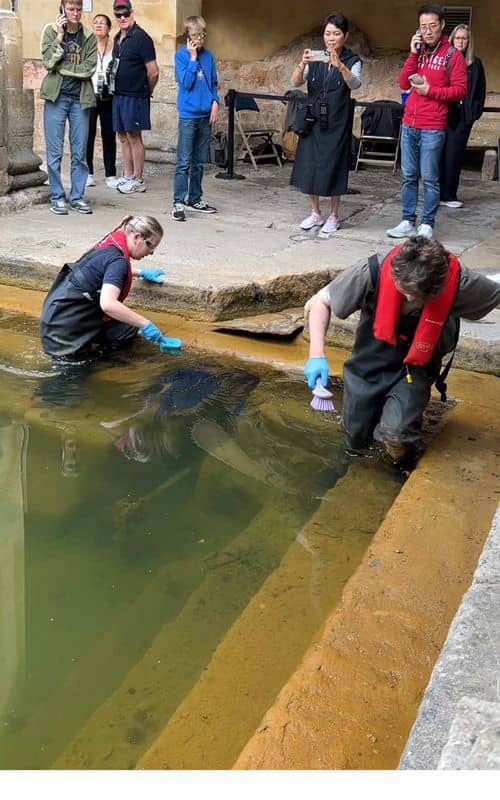
Social
From TikTok & Reddit
Best Time
Avoid midday heat

Roman Bath Ruins Baden-Baden
Best Time
Avoid midday heat
Highlights
Must-see attractions
Explore one of the best-preserved Roman spas north of the Alps, a compact yet historically rich site offering a glimpse into ancient bathing culture.
"A small but historic Roman bath, with an audio guide that explains the areas very thoroughly."
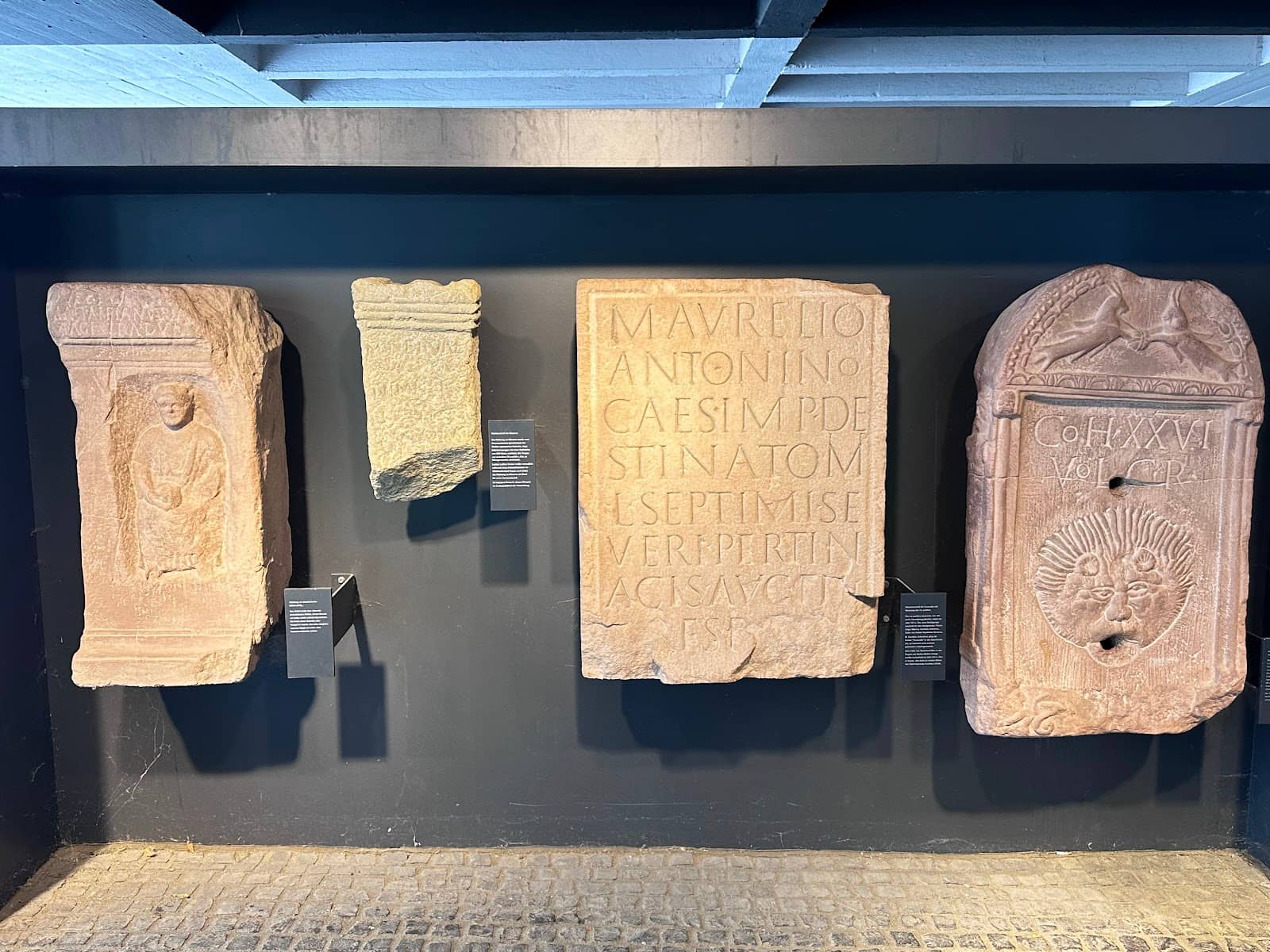
🎧 Grab the Audio Guide
Don't miss the free audio guide! It's highly recommended for understanding the history and layout.
🌡️ It Gets Warm Inside!
The ruins can be very warm, especially on sunny days. Dress accordingly and stay hydrated.
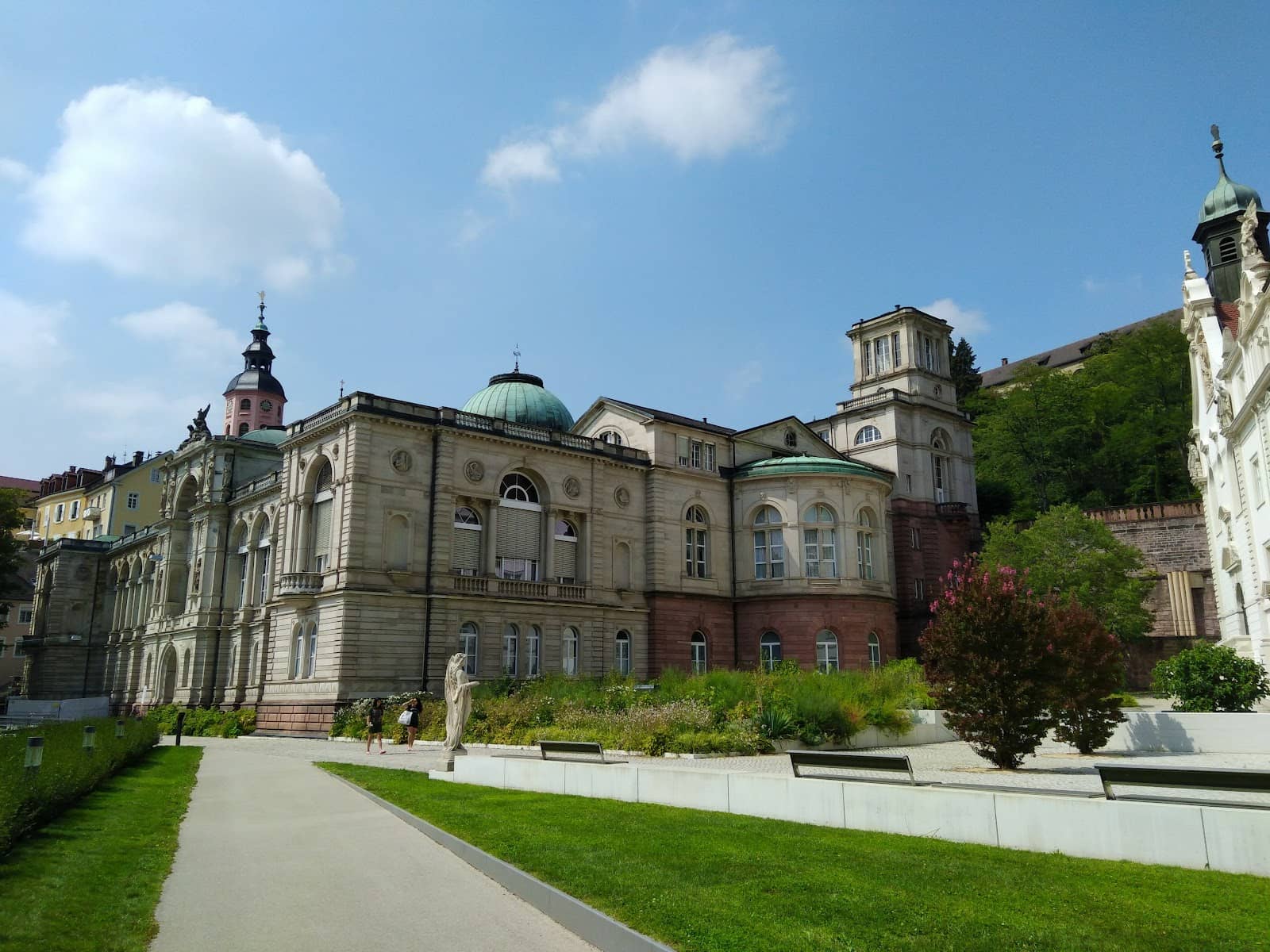
Highlights
Discover the most iconic attractions and experiences

The Great Bath
Central Pool
Marvel at the impressive Great Bath, lined with lead and filled with warm spa water. An iconic centerpiece of the ruins.

Audio Guide Experience
Throughout the site
Enhance your visit with the informative audio guide, detailing the history and construction of each bath.
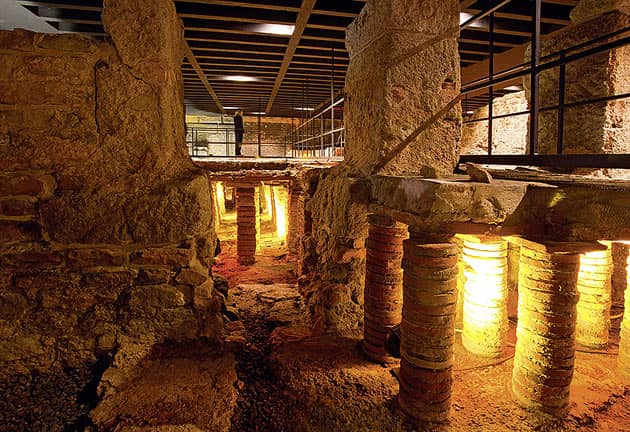
Warm and Cold Bath Areas
Various chambers
Explore the distinct areas for warm and cold water baths, showcasing ancient Roman bathing rituals.
Plans like a pro.
Thinks like you
Planning Your Visit
Beat the Heat and Crowds
Quick Visit, Big Impact
Best Times
Insider Tips
from TikTok, Instagram & Reddit
🎧 Grab the Audio Guide
Don't miss the free audio guide! It's highly recommended for understanding the history and layout.
🌡️ It Gets Warm Inside!
The ruins can be very warm, especially on sunny days. Dress accordingly and stay hydrated.
⏱️ Quick Exploration
Plan for a visit of about 30-40 minutes; it's a small but historically rich site.
💰 Affordable Entry
The entry fee is very reasonable, often including the audio guide.
Tips
from all over the internet
🎧 Grab the Audio Guide
Don't miss the free audio guide! It's highly recommended for understanding the history and layout.
🌡️ It Gets Warm Inside!
The ruins can be very warm, especially on sunny days. Dress accordingly and stay hydrated.
⏱️ Quick Exploration
Plan for a visit of about 30-40 minutes; it's a small but historically rich site.
💰 Affordable Entry
The entry fee is very reasonable, often including the audio guide.
🌿 Natural Algae Blooms
Sometimes algae blooms create 'goopy' floating blooms in the water. It's a natural phenomenon!
What Travellers Say
Reviews Summary
Visitors find the Roman Bath Ruins to be a small but historically significant site, offering a quick and affordable glimpse into ancient Roman life. The included audio guide is highly praised for its thorough explanations, making the visit more engaging. While some note the site's warmth and brevity, it's generally considered a worthwhile stop for history enthusiasts.
"Interesting insight of the old bath houses… it’s a very small place. Very warm inside.. the audio guide explains the areas very thoroughly.. if you have a bit of time to spare, why not."
Audrey Tang
"A small but historic Roman bath. There was limited written information but an audio guide was provided. We visited on a very hot day and it was even hotter in this museum. For the 5Euro entry, it was a very quick visit- you won't need longer than half an hour here."
Tim J
"Lovely staff, the exhibition is not the most exciting but still nice"
Tatiana Novoselova
What People Like
What People Dislike
Frequently Asked Questions
🚇 🗺️ Getting There
The Roman Bath Ruins are located in the town center of Baden-Baden. If you find yourself 'stuck' in Baden-Baden, as one traveler did, the tourist information office in stadtmitte is a good resource, though it may have limited hours. Public transport within Baden-Baden is generally efficient.
While specific parking details can vary, Baden-Baden has several parking garages and street parking options. It's advisable to check local parking apps or signage upon arrival.
Yes, Baden-Baden is a very walkable town, especially the central areas. If you're staying in the town center, walking is a convenient way to reach the ruins.
🎫 🎫 Tickets & Entry
Opening hours can vary seasonally. It's best to check the official website or local listings for the most up-to-date information before your visit.
Entry is generally very affordable, often around €2.50 to €5, and usually includes the audio guide.
For this smaller site, advance booking is typically not required. You can usually purchase tickets upon arrival.
There is no specific dress code, but comfortable clothing and shoes are recommended, especially as the site can get warm.
No, swimming is not permitted in the Roman Baths. The site is for historical viewing and exploration only.
🎫 🧭 Onsite Experience
Most visitors find that 30 to 40 minutes is sufficient to explore the ruins and listen to the audio guide.
Yes, children can find the history interesting, especially with the audio guide. It's a compact site, making it manageable for families.
The ruins can be quite warm, particularly on sunny days, due to the thermal nature of the site and enclosed spaces.
While official guided tours might be limited, the provided audio guide offers a comprehensive explanation of the site's history and features.
These ruins are among the most significant Roman remains in the region and are considered the best-preserved Roman spa north of the Alps, retaining their symmetrical structure.
📸 📸 Photography
Yes, photography is generally allowed for personal use. However, always be mindful of other visitors and avoid flash photography if it might disturb others or the artifacts.
The Great Bath is a prime spot for photos. The overall symmetrical structure and the ancient stonework offer many picturesque angles.
Drone usage is typically restricted in historical sites and urban areas. It's essential to check local regulations and obtain any necessary permits before flying a drone.
For Different Travelers
Tailored advice for your travel style
👨👩👧 Families with Kids
💰 Budget Travelers
🏛️ History Buffs
Deep Dives
In-depth insights and expert knowledge
The History of Roman Bathing in Baden-Baden
The Great Bath is a central highlight, a large pool lined with lead, likely sourced from the Mendip Hills, and filled with naturally warm spa water. Its depth of 1.6 meters was ideal for bathing, with steps leading down into the water. The symmetrical structure of the complex is remarkably intact, allowing visitors to visualize the original layout and grandeur of the ancient spa. The presence of thermal saltwater pools further emphasizes the natural resources that attracted Romans to this location for wellness and leisure.
While the modern perception of Roman baths might evoke images of pristine luxury, some historical accounts suggest a less glamorous reality, with potential for algae blooms and the need for regular cleaning. The site's preservation allows us to appreciate both the advanced engineering and the practical aspects of maintaining these ancient facilities. The audio guide provides detailed explanations, bringing the history to life and offering insights into how each bath was identified and constructed.
Experiencing the Roman Baths Today
The audio guide is a crucial element of the visitor experience, providing thorough explanations of the ruins' history, construction, and purpose. It allows visitors to delve into the details of each section, from the warm and cold baths to the central Great Bath, enhancing the understanding of ancient Roman bathing culture. Despite the historical context, the site can become quite warm, especially on sunny days, a testament to the natural thermal properties of the water. This warmth, combined with the enclosed nature of the ruins, creates a unique atmosphere that transports visitors to another era.
While the ruins themselves are the main attraction, the surrounding town of Baden-Baden offers a pleasant environment for a short hike or a leisurely stroll. The experience is often described as 'nice' and 'interesting,' with 'lovely staff' contributing to a positive visit. It's a place where history enthusiasts can appreciate the ingenuity of the Romans and imagine the daily lives of those who frequented these ancient thermal baths.

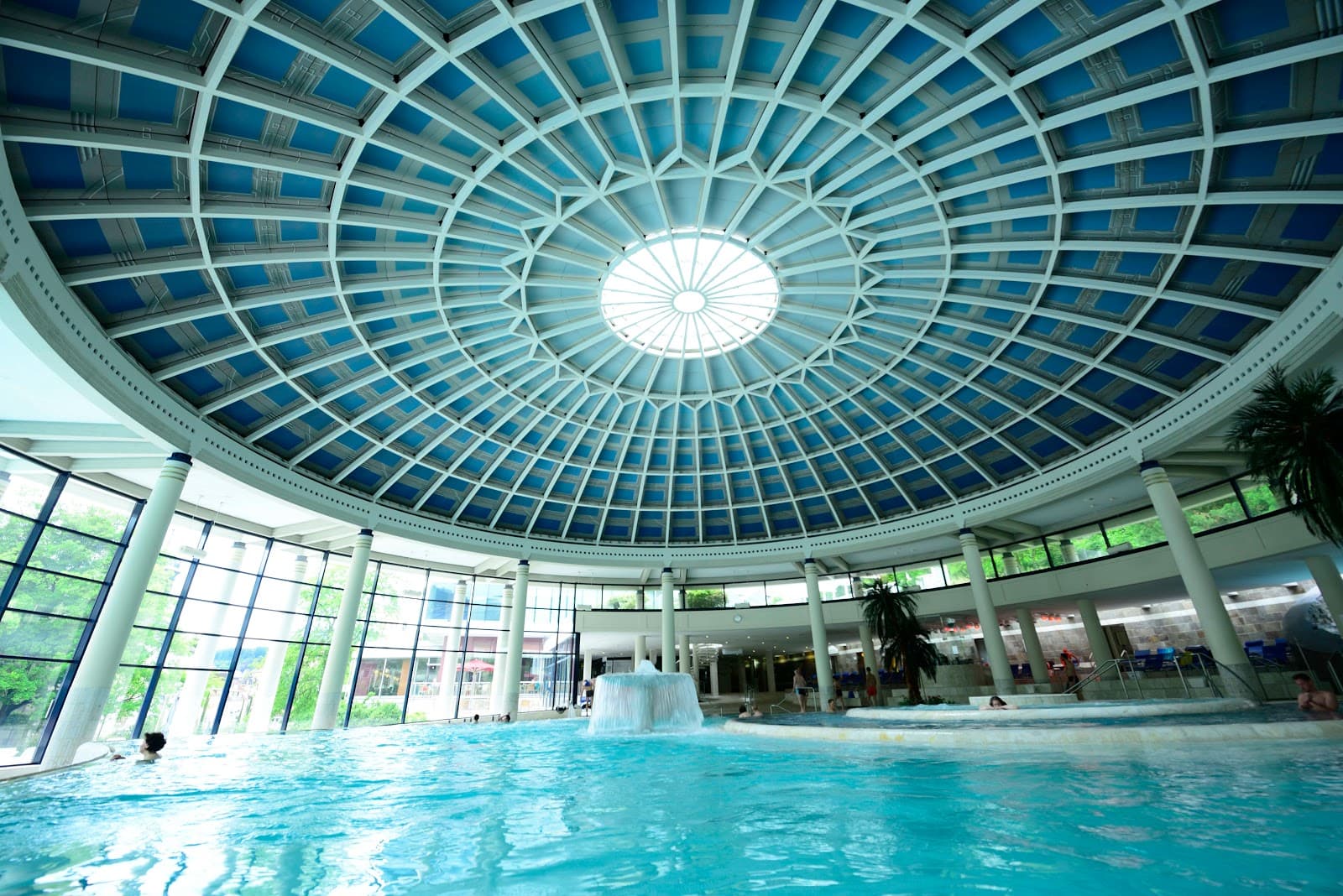

Social
from TikTok, Instagram & Reddit